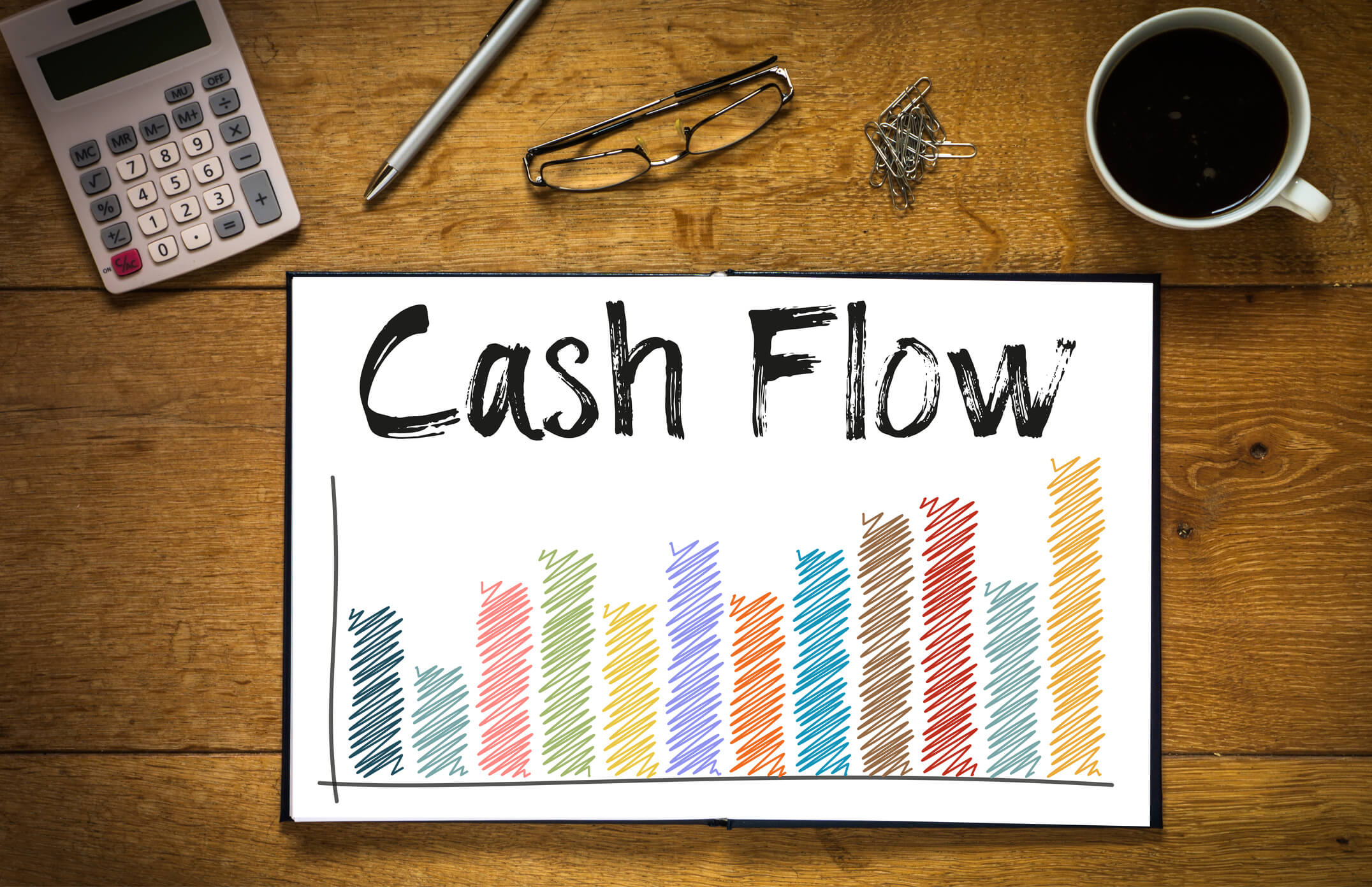The cash flow statement tells you how much cash goes in and out of the company over the quarter or the year. At first, it would sound like the income statement in a way that it records financial performance over a specified period. However, there’s a sea of difference.
What are their differences?
You can distinguish the two by looking at the accrual accounting, which is found on the income statement.
Accrual accounting requires companies to record revenues and expenses when transactions take place, now when the cash is exchanged. At the same time, the income statement often includes non-cash revenue or expenses, which the statement of cash flow doesn’t include.
Three Sections within the Cash Flow Statement
Companies make and spend money in different ways. So it follows that that the cash flow statement must be divided into parts.
Basically, the sections on operations and financing show how the company gets its cash, while the investing section shows how the company uses its cash.
Cash Flows on Operating Activities
This section tells you how much cash comes from the sales of the company’s goods and services, minus the amount of cash that is needed to make and sell those goods and services.
Investors tend to prefer companies that produce a net positive cash flow from operating activities. High growth companies, like technology firms, usually show negative cash flow from operations in their formative years.
At the same time, changes in cash flow from operations usually offer a preview of changes in net future income.
Typically, it’s a good sign when it goes up. Watch out for a widening gap between a company’s reported earnings and its cash flow from operating activities.
If net income is much higher than cash flow, the company may be speeding or slowing its booking of income or costs.
Cash Flows from Investing Activities
This one mainly tells you the amount of cash the company has spent on capital expenditures, such as new equipment or anything else that is needed to keep the business pumping.
This also includes acquisitions of other businesses and monetary investments like money market funds.
You usually want to see the company re-investing the capital in its business by at least the rate of depreciation expenses each year. If it doesn’t re-invest, it might show artificially high cash inflow in the current year which may or may not be sustainable.
Cash Flow from Financing Activities
The cash flow from financing activities describes what’s happening with cash that has something to do with outside financing activities.
Usual sources of cash inflow would be cash raised by selling stock and bonds or by bank borrowings. In the same manner, paying back a bank loan would show up as a use of cash flow as would dividend payments and common stock repurchases.
Considerations
There are investors that prefer companies that produce plenty of free cash flows. Free cash flow signals a company’s ability to pay debt, pay dividends, buy back stock, facilitate the growth of business.
Free cash flow, which is basically the excess cash from the company, can be returned to the shareholders or invested in new growth opportunities without damaging the existing operations.






Comments